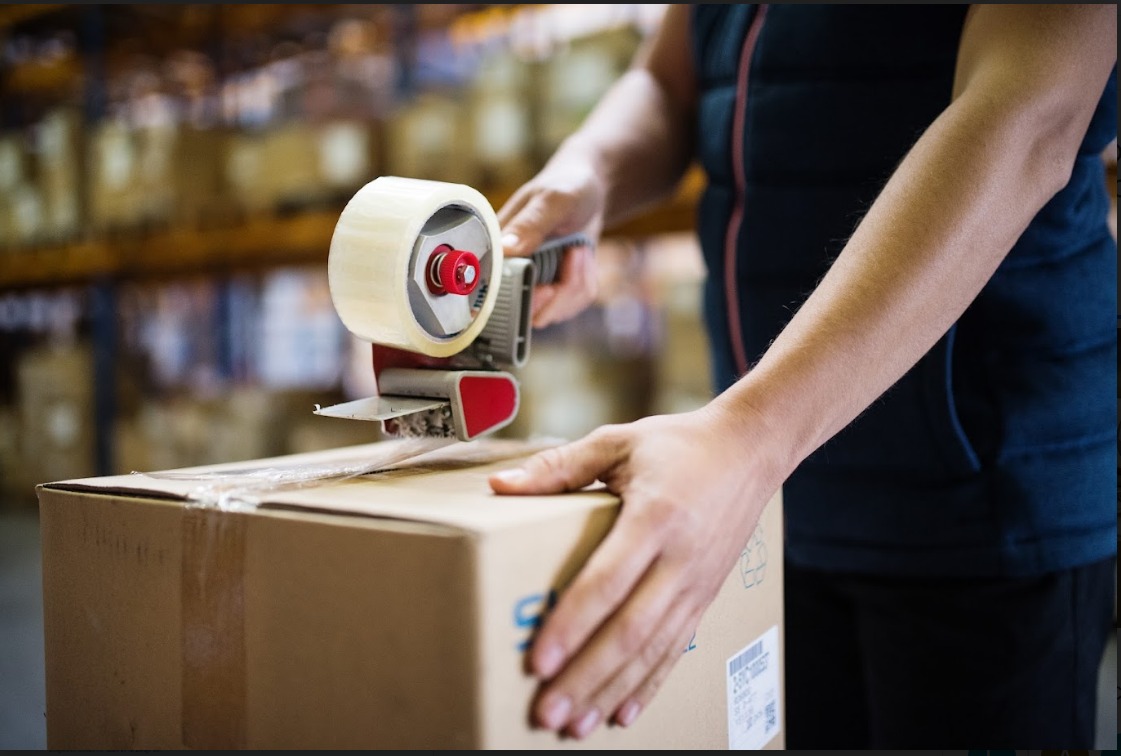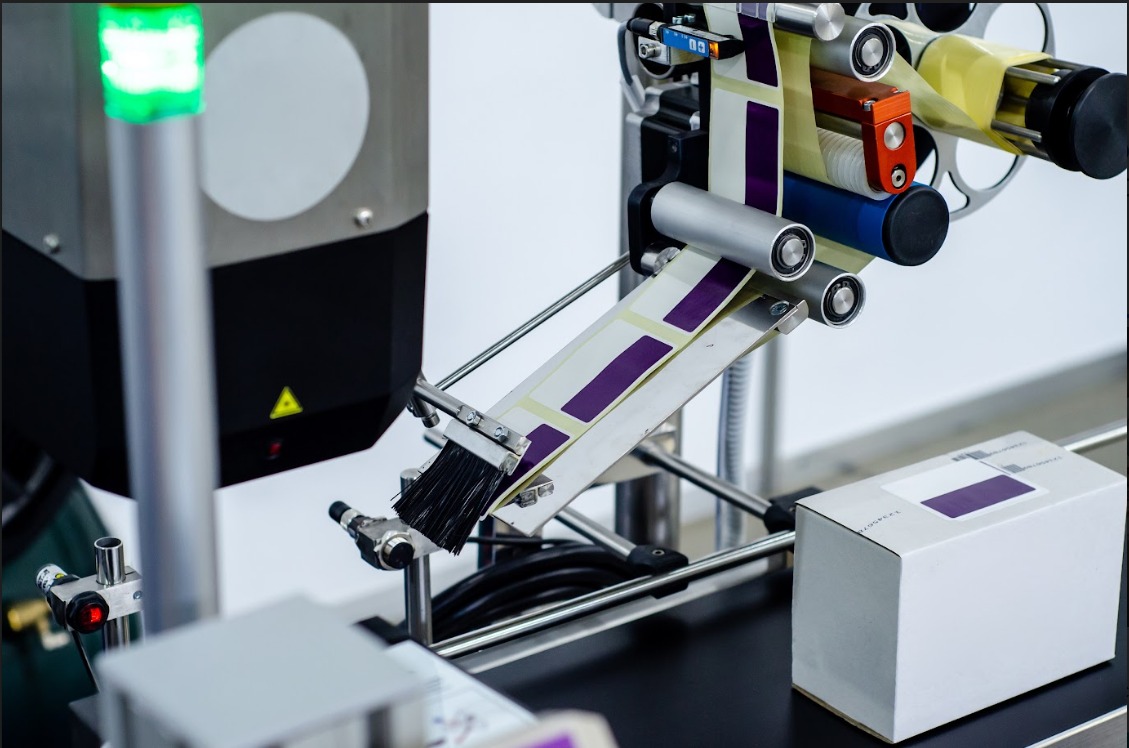

As a business owner, you execute many operations to ensure you meet your clients’ needs efficiently and timely. One of these operations is packaging and labeling. This process happens after production and entails how you’ll present your goods to the consumer.
Besides presentation, packaging protects your products, ensuring they reach your clients in one piece. In any company, all operations require efficiency for maximum productivity and achieving your bottom line. Efficiency is also crucial in packaging and labeling.
For a business whose packaging and labeling processes are inefficient, how can you improve them? You’re right where you belong; this feature discusses tips you can adopt for this improvement. Read on for valuable pieces of insight.
Experts believe that it’d help to:
- Adopt Automation
Automation is one of the efficient solutions most businesses use and should be adopting when it comes to meeting their packaging needs. It entails using machinery to execute company operations, in this case, packaging and labeling.
Creating labels and packaging consumes much time, especially when done manually. This is considering you must match the right goods with the right packaging, seal them appropriately, and label them appropriately for easy identification. The manual handling of these processes consumes a lot of time, and your workers will do less in a day.
However, by adopting automation, you’ll experience fewer inefficiencies. Machines spend less time executing a given operation, with minimal to no errors. All your workers have to do is arrange orders accordingly without errors. This is because the machines will package and label your goods based on the instructions you give them. Ultimately, you’ll experience high productivity, improving your packaging and labeling process.
- Train Your Team
Your workers form one of the cornerstones of your company. They’re directly involved with your daily operations, including packaging and labeling. Therefore, they should be part of the process if you’re looking to improve any operation.
As previously stated, it’s advisable to adopt automation in your operations. Although quite efficient, it’s important to acknowledge that these machines can break down and fail. Should this happen, does it mean your operations must stop until you repair your machinery? The answer is no unless you don’t mind downtime.
Hence, it’d help to train all your workers on your packaging and labeling process from start to finish. With this information, they can intervene and carry on with the operations until your machinery is up and running once more. Operations productivity is then maintained.
Besides acting as backup, training your team on these processes enables them to pinpoint errors in production. They’ll be able to rectify the issue before it’s too late and they grow into bigger areas of concern.
- Plan Accordingly
It’s said that failing to plan is planning to fail. This is an adage you should adopt in your packaging and labeling process. Packaging is an intense activity and an error could lead to several inefficiencies. What aspects should you plan?
One is the size of your packaging. Different products will require different packaging sizes. It's not advisable to use the wrong package for a given product. Packaging too small can damage your goods during transport or handling. Your clients won’t receive your products as they were when leaving your factory. This increases customer dissatisfaction, which is bad for business. On the other hand, packaging that’s too big will be a waste of resources and money.
The other aspect you must plan adequately is quantities. You want to avail yourself of packaging and labeling solutions for your products. Your number of products should determine the number of packages and labeling products to manufacture, not the reverse. By not planning your quantities, you’ll end up doing many reworks, which consume much time and lead to increased downtime.
Last but not least, you must match the right products to the right packaging option and labels. Mixing up will warrant reworks. Imagine a scenario where you use the wrong packaging and labeling for your bottles. You’ll have to remove the packaging and labels and find the appropriate ones. In most cases, you can’t reuse the removed labels and packages; they’ll become waste, which is undesirable.
Ultimately planning accordingly for your packaging and labeling process prevents the need for reworks and other inefficiencies such as delayed market entry for your products.
Conclusion
The discussion above has shown how easy it is to improve your product packaging and labeling process. With the right guidance, like from this post, you’ll have an easy time. You’ll also adopt working strategies that’ll contribute to achieving a great bottom line for business success.






